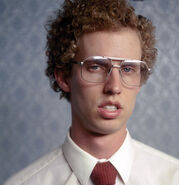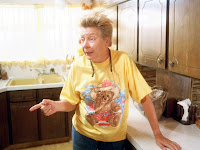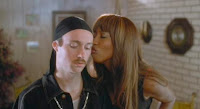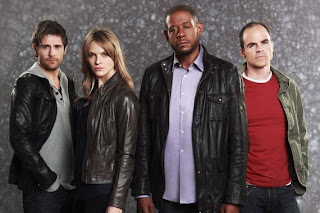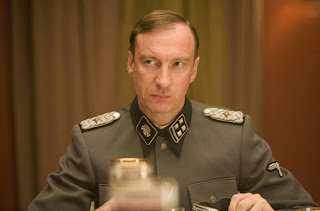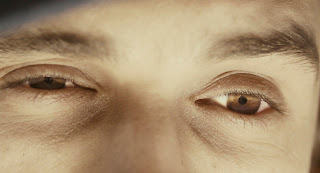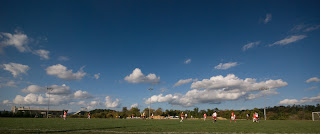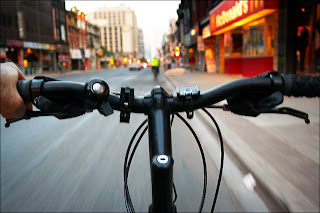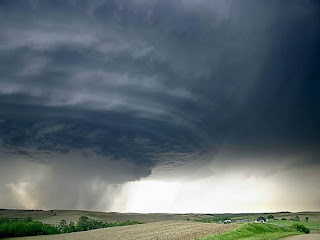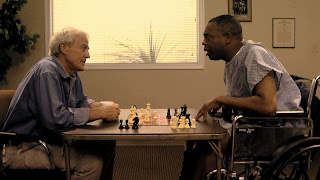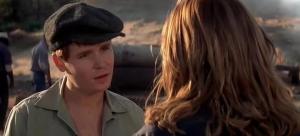Taken is a French - action thriller. It is based on a former CIA agent Bryan Mills whose teenage daughter Kim goes away on a trip to Paris with an older friend. Bryan doesn't agree with her and her friend Amanda travelling by themselves, since he knows the danger they can get into out there on their own. However he agrees with her mum to let her go, before she leaves he gives her a mobile phone that can work internationally.
As the girls arrive at the airport they meey a guy, who offers to share a cab with them due to that decision he finds out where the girls are staying; Kim then finds out that Amanda's cousins who were meant to be keeping an eye on them are actually in Spain. Whilst Kim is on the phone to her father, she sees Amanda being kidnapped by intruders.
Bryna instructs Kim to go the nearest room and hide underneath a bed, he also explains to her that the men are going to take her, and gets her to quickly describe them; she's then pulled from under the bed. Bryan had recorded the conversation between him and Kim, he goes to a former colleague who tells him that based on the recording she's been taken by an Albanian human trafficking ring. Bryan then travels to Paris in order to find Kim and Amanda...futheron in the film he finds Amanda dead and finds Kim at a large party for an auction of girls, Kim is the last offer and he manages to save her.
NAPOLEON DYNAMITE
Click here to view Napoleon Dynamite Trailer.
Napoleon Dynamite is a comedy film, it's about a teenage boy Napoleon Dynamite a high school student who lives with his older brother Kip and their grandmother. His grandmother lives a a secret life involving riding quad-bikes in the desert, and having mysterious boyfriends; Napoleon's older brother whose 32 is unemployed and also boasts and teases Napoleon that he gets to stay home all day and meet girls on the internet, and training to be come a cage fighter.
Napoleon isn't the most popular in his high school, throughout school he daydreams all day about fantasy creature and spends his time drawing them; he also has to deal with bullies daily. He usually makes up stories about himself to make himself seem more interesting, also to make himself appear dangerous he responds to being questioned with unprovoked anger.
Napoleon and Kip's uncle Rico comes to look after them after their grandmother injures herself guad-biking and doesn't trust them to look after themselves. Uncle Rico is a middle-aged former athlete, him and Kip decide to come up with a scheme to make money quickly, by selling different items door-to-door. Kip wants to use the money in order to meet his internet girlfriend, whereas Rico wants to use the money to help him get over failing his dreams and to win his ex girlfriend back.
